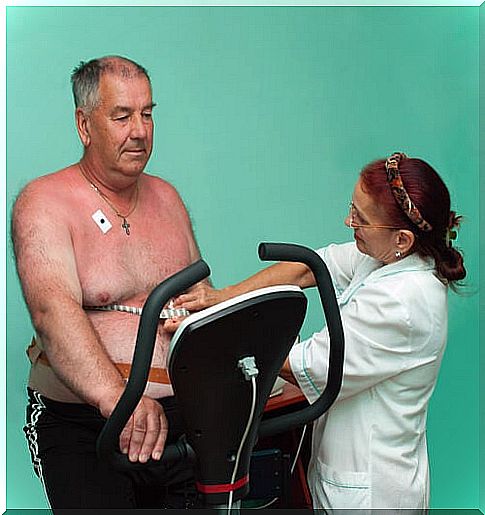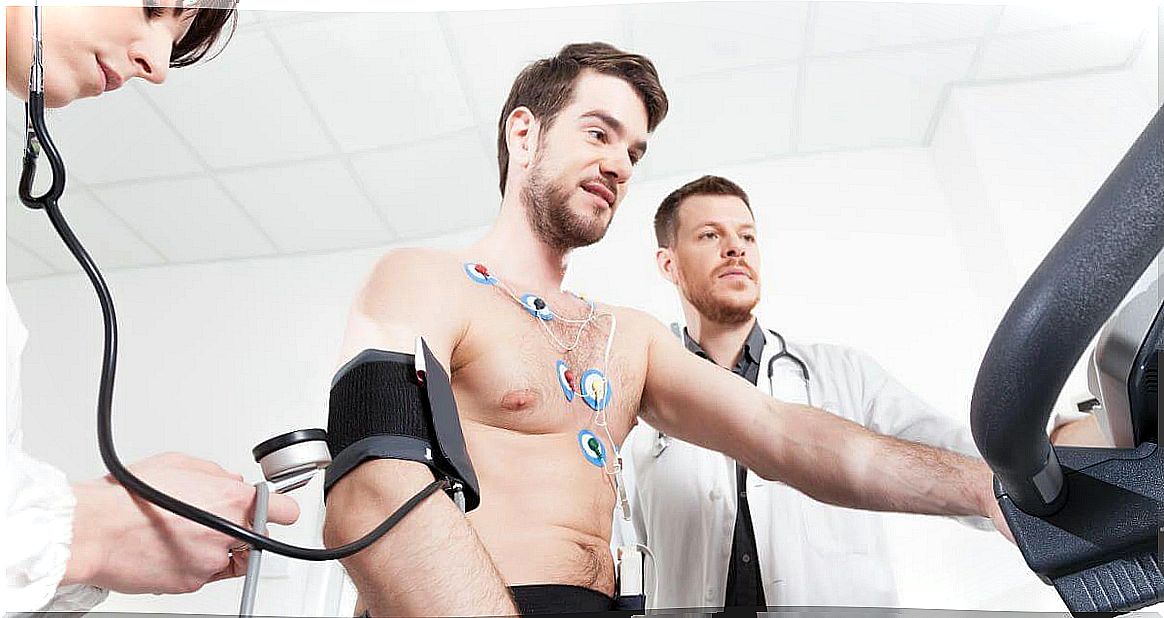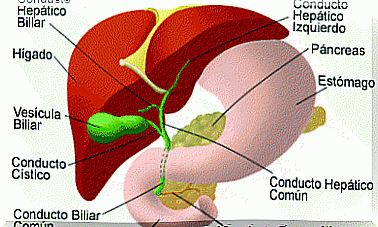Stress Test: What Is It And How Is It Done?
The stress test is a means of diagnosing possible heart problems or making a prognosis about them. Also through this test, established heart diseases are followed.

The stress test is a simple and non-invasive test that is performed to evaluate our body’s reaction to physical exercise. The general objective is to observe the response and the way in which the body adapts to the demands derived from physical effort.
These types of exams are increasingly common in today’s world, as they provide valuable information about the health status and capabilities of a person. The stress test is performed for both diagnostic and prognostic purposes.
It is recommended that people take a stress test before starting an exercise routine or training a sport. Depending on the circumstances, exercise and / or sport can eventually aggravate hidden pathologies or generate new ones.
What is the stress test?
The stress test is a physical resistance test by means of which the organism is monitored during the performance of various physical exercises. The goal is to assess how the heart responds to physical activity.
This test is also called ergometry. Many cardiac pathologies do not present any symptoms while the person is at rest, becoming evident when a stronger work is required. This requirement can be simulated with exercise.
The stress test allows you to detect if there is any type of heart problem, or to monitor the patient who has already diagnosed it. The resulting information helps to make a prognosis against the performance of the heart, and evaluate the effectiveness of a treatment if there is one.

What is it carried out for?
Stress tests are performed both in healthy people and in those who already have heart disease. This test is used to diagnose heart disease or arrhythmias. Also to determine the level of risk of heart attack or some serious pathology. Likewise, to establish what level of exercise is safe for each person.
Generally, this type of examination is ordered in the following circumstances:
- When there are symptoms of reduced blood flow to the heart. These can be: chest pain, shortness of breath, irregular heartbeat, tachycardia.
- When there is a risk of heart disease. This is higher in those with diabetes or a family history of heart disease.
- To evaluate a pathology or treatment. It is carried out in those who have had a heart attack, have undergone heart surgery or are undergoing some type of treatment for heart disease.
- When starting an exercise program. The exam allows you to assess the potential risk of it.
How is the stress test performed
The stress test takes about an hour, including setup time. The first thing that is done is to place adhesive patches -or electrodes- on the chest, arms and legs. These are connected by wires to a machine that makes an EKG.
Likewise, a cuff is placed that monitors blood pressure during the test. For those who do not exercise regularly, medication is given intravenously. After that, you may feel a hot face, shortness of breath, or a headache.
The next thing is to start exercising on a treadmill or stationary bike. It starts slowly and little by little the degree of difficulty will increase. The examinee may be asked to breathe through a tube during the test to assess respiratory function.
The test will continue until the preset objective is achieved, or until symptoms appear that prevent it from continuing with the test. Then the patient will have to lie still and then lie down, always with the monitors in place. The doctor will indicate when the test is finished.

Aspects to consider
Stress tests are safe, but they are not recommended for pregnant women. Only very rarely do they lead to complications such as low blood pressure, arrhythmias, or heart attack. On very rare occasions, an allergic reaction occurs to the injected medicine.
The physician should indicate how the patient should prepare for this type of test. If he doesn’t, the proper thing to do is ask him about it. In general, you are only asked to wear comfortable clothes and shoes and to reduce your food intake a few hours before the exam.
It is a good idea to tell your doctor about any drugs that are being used. Some may alter the test results. This type of test requires the signing of an informed consent before performing them.









